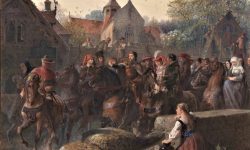
There is a lot to be learned about the art of creating fictional characters from Geoffrey Chaucer’s ‘The Canterbury Tales’ (a collection of twenty-four stories written in Middle English between 1387 and 1400). I recently went through my library and came across this book, which I studied many years ago and often revisit. In the ‘General Prologue’, each pilgrim is […]
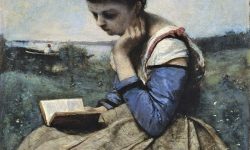
Successful writers make sure every word they choose is the right word, that every phrase adds meaning in the most economical way, and that the length and rhythm of sentences suit the mood of the narrative or the content of non-fiction writing. The long-winded ‘journey’ sentence, often punctuated with too many stops and starts can be excruciating. Readers can lose […]

Recently, I taught an adult class about classical art and spent time, with my editor’s hat on, explaining the difference between the words ‘classic’ and ‘classical’, and whether to capitalise these words in a sentence. Both words imply that something is of a special class, and refer to high culture, especially the civilisations of ancient Greece and Rome (hence the […]

Whenever I’m reading a novel or editing an unpublished manuscript with heaps of dense descriptive text, it’s always a welcome relief to turn a page and see more white than black, which is usually in the form of dialogue. More importantly, successful dialogue excites most readers because it not only advances the story and fleshes out the characters, but enlivens the […]
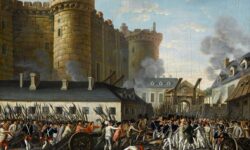
Fictional characters don’t have to be human—they can be forces of nature, such as a hurricane that bears down on a town, or an insidious pandemic. Or a character can be the collective personality of a surging, angry mob, moving and acting as one, protesting or murdering in the streets. Not only acting as a force that antagonises and threatens […]
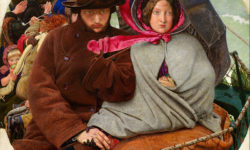
Silence is a tool that writers of fiction can use to great effect. By silencing a character in a poignant moment, emotion is heightened; interrupting action with silence can magnify drama; allowing a character to inhabit a space devoid of action allows time-out and an opportunity for reflection. For examples of silences in literary writing, seek out authors such as […]

‘Lock up your libraries if you like; but there is no gate, no lock, no bolt that you can set upon the freedom of my mind.’ Virginia Woolf’s famous essay ‘A room of one’s own’ (published 90 years ago, in 1929) is a rallying cry for women’s intellectual and social freedom – a feminist tract that calls attention to the missing voices of […]

Choosing and arranging words according to their sound can intensify meaning and create rhythm in a sentence; the degree of musicality you employ will depend on the intended mood and tone of your writing. In Geraldine Brooks’ ‘Year of Wonders’ (2001), Part 1 is called ‘Leaf-Fall, 1666’. Readers’ senses are immediately stimulated as autumnal sights, sounds and smells are richly […]
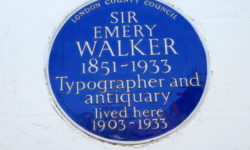
The handmade book and the manual craft of printing are brought into sharp focus in an Arts and Crafts house situated along a short stretch of the Thames River in Hammersmith, just a half-hour train journey from central London. I visited 7 Hammersmith Terrace on a sunny spring day on the 17th of May this year. Between 1903 and 1933, […]

A few years ago I wrote a thesis with its focus the mid-nineteenth-century painting by British artist Valentine Prinsep, ‘The flight of Jane Shore’. I researched Jane Shore’s life to the point of obsession and got to know this medieval royal mistress so well that I thought I could speak for her—write her story in the genre of historical fiction. […]













